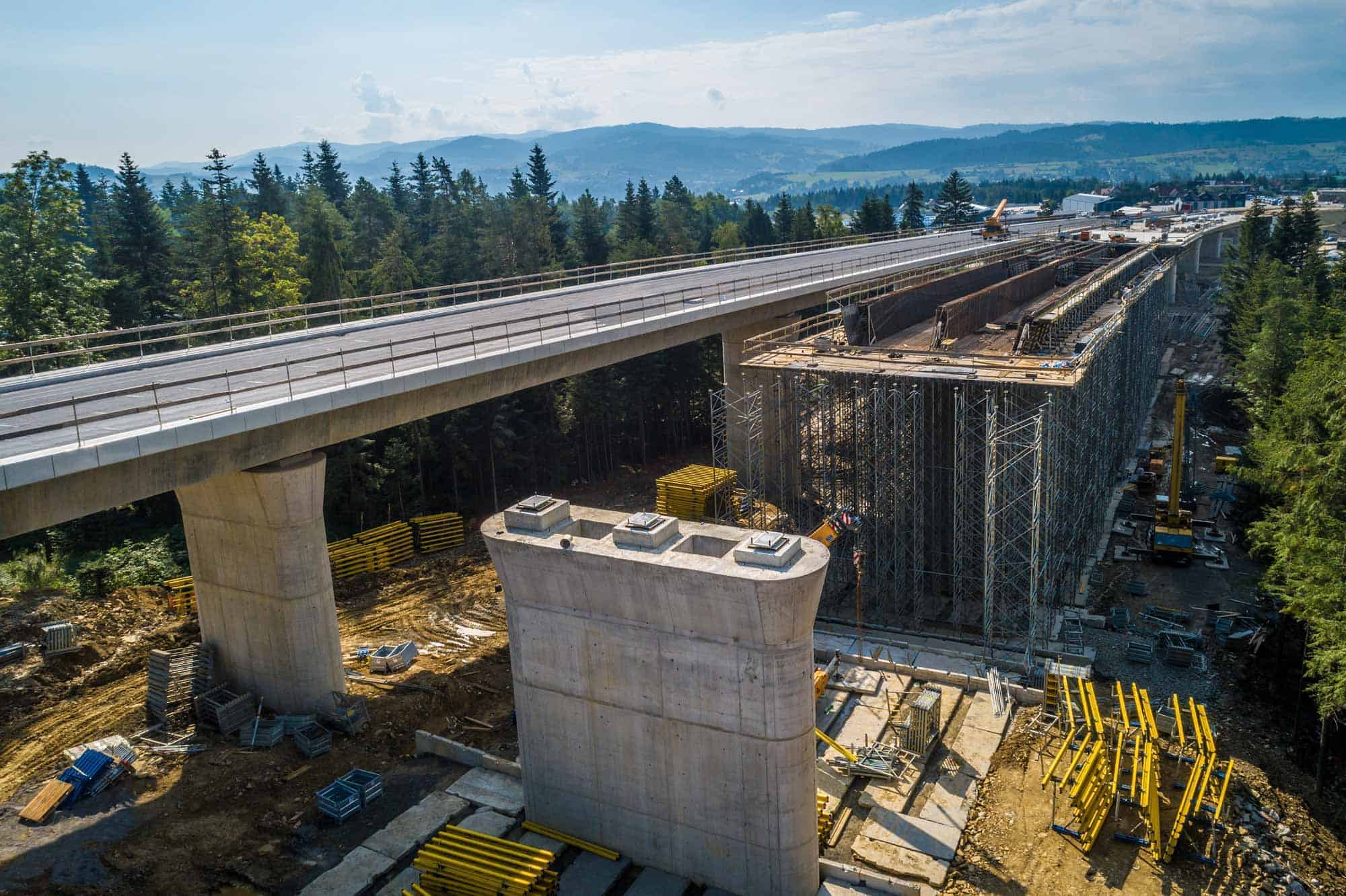In the field of civil infrastructure projects, efficiency, accuracy, and collaboration are paramount. Building Information Modeling (BIM) methodology has emerged as a transformative capability, revolutionizing the way civil infrastructure projects are planned, designed, constructed, and managed. By integrating digital representations of physical and functional characteristics of infrastructure elements, BIM methodology enhances communication, reduces errors, and fosters better decision making throughout the project lifecycle.
Enhanced Collaboration
BIM methodology encourages multidisciplinary collaboration among architects, engineers, contractors, and stakeholders. Through a shared digital model, team members can seamlessly exchange information, address conflicts, and synchronize their efforts. This collaborative approach minimizes misunderstandings, accelerates project timelines, and ultimately leads to more successful outcomes.
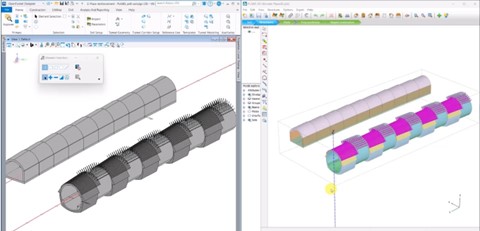
Improved Visualization
One of the key advantages of BIM methodology is its ability to create detailed 3D models of infrastructure projects. These models provide stakeholders with a comprehensive visual representation of the project, allowing them to better understand design intent, identify potential issues, and explore alternative solutions. Visualization capabilities also facilitate effective communication with non-technical stakeholders, such as community members and policymakers.
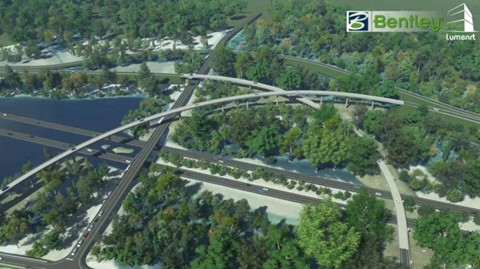
Clash Detection and Risk Mitigation
BIM methodology enables automated clash detection, allowing project teams to identify and resolve conflicts between various building components before construction begins. By detecting clashes early in the design phase, potential rework and costly delays can be minimized. Additionally, BIM facilitates risk analysis and simulation, enabling project teams to evaluate different scenarios and optimize designs for safety, efficiency, and sustainability.
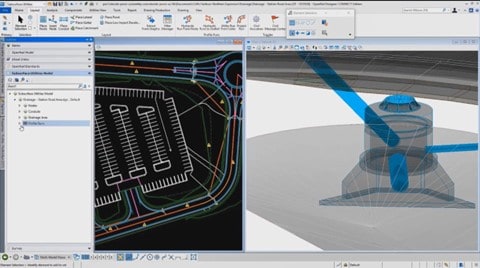
Data-Driven Decision Making
BIM methodology leverages data-rich models that contain valuable information about project elements, materials, costs, and schedules. This data can be analyzed and utilized to make informed decisions throughout the project lifecycle. By integrating BIM with other technologies such as Geographic Information Systems (GIS) and Internet of Things (IoT) devices, project teams can access real-time data and insights, enabling proactive decision making and performance optimization.
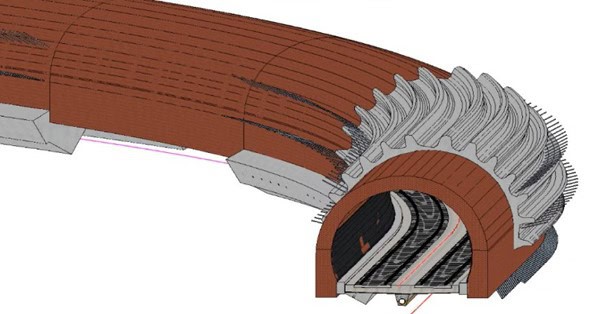
Sustainable Design and Construction
BIM methodology supports sustainable design and construction practices by enabling the analysis of energy performance, lifecycle costs, and environmental impacts. Through energy modeling, daylight analysis, and material lifecycle assessments, project teams can optimize designs to minimize resource consumption, reduce waste and carbon footprint, and enhance the overall sustainability of infrastructure projects.
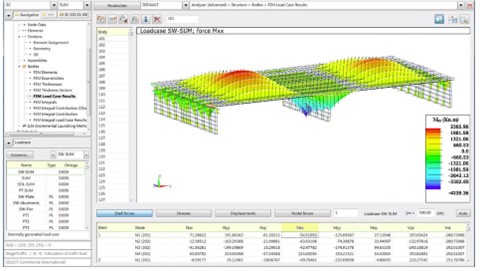
Asset Management and Facility Maintenance
Beyond the construction phase, BIM methodology continues to provide value by serving as a central repository of information for asset management and facility maintenance. By linking BIM models with asset management systems, owners and operators can efficiently track assets, manage maintenance activities, and make data-driven decisions to optimize the performance and longevity of infrastructure assets.
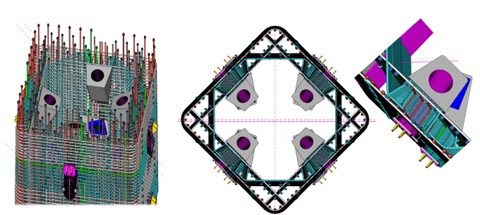
In conclusion, BIM methodology represents a paradigm shift in the way civil infrastructure projects are conceptualized, designed, and executed. By fostering collaboration, improving visualization, mitigating risks, enabling data-driven decision making, supporting sustainable practices, and facilitating asset management, BIM has become an indispensable capability for enhancing the efficiency, quality, and sustainability of infrastructure projects around the globe. As technology continues to evolve, the potential of BIM methodology to drive innovation and transform the built environment is limitless.
That is why, at Bentley, we want to accompany you during your digitalization process, through our ecosystem of applications that are specifically designed for the development of civil engineering projects.
To this end, we are creating a series of webinars and short articles in which we will explain the main processes for carrying out a linear project under BIM methodology.
We will review each of the stages and disciplines that may be involved in infrastructure projects through Civil WorkSuite: the only toolset designed and optimized for the development of BIM projects.
